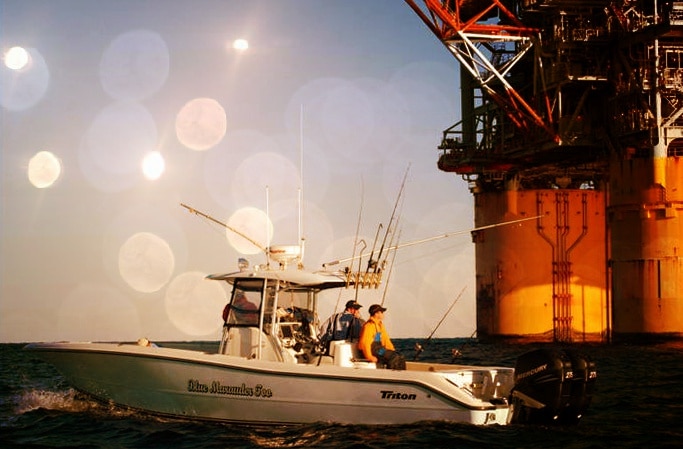
Gulf Oil Rigs
Abandoned oil rigs are a rich, environmental resource when “reefed.” Reefing is the practice of toppling these superstructures after subsequently plugging wells, decommissioning platforms, and blanking pipelines. Once sunk, the empty hull provides prime eco-habit for marine life.
However, a quagmire of governmental red tape must be waded through, along with exorbitant fees footed to obtain permitting to reef rigs. In fact, of all the decommissioned rigs, somewhere around two-percent have actually made their way to the bottom — ultimately providing new aquatic sanctuary.
An estimated 3,000 offshore natural gas and oil mining structures currently reside in the Gulf of Mexico—spread across its voluminous 600,000-plus square miles. The United States Department of Interior, Bureau of Ocean Energy Management mandates wells be decommissioned within three years after a platform ceases operation.
Rigs that aren’t reefed are towed inshore, where they’re scrapped at an enormous expense. This cost, sadly enough, is ultimately passed along to consumers in the form of higher fuel prices. When reefing rigs, the owner/operator must pay half of the “projected savings” from foregoing scrapping to the government. Again, another unneeded cost piled on top of permitting.
The positive eco-impact to marine fisheries is hard to argue as reefed rigs provide abundant habit where it previously was unavailable. Nor can the economic impact be debated, as recreational fishermen reap the reefed rigs bounty. It seems rudimentary that relaxing governmental fees and reducing red tape would benefit all by naturalizing these man-made structures.









